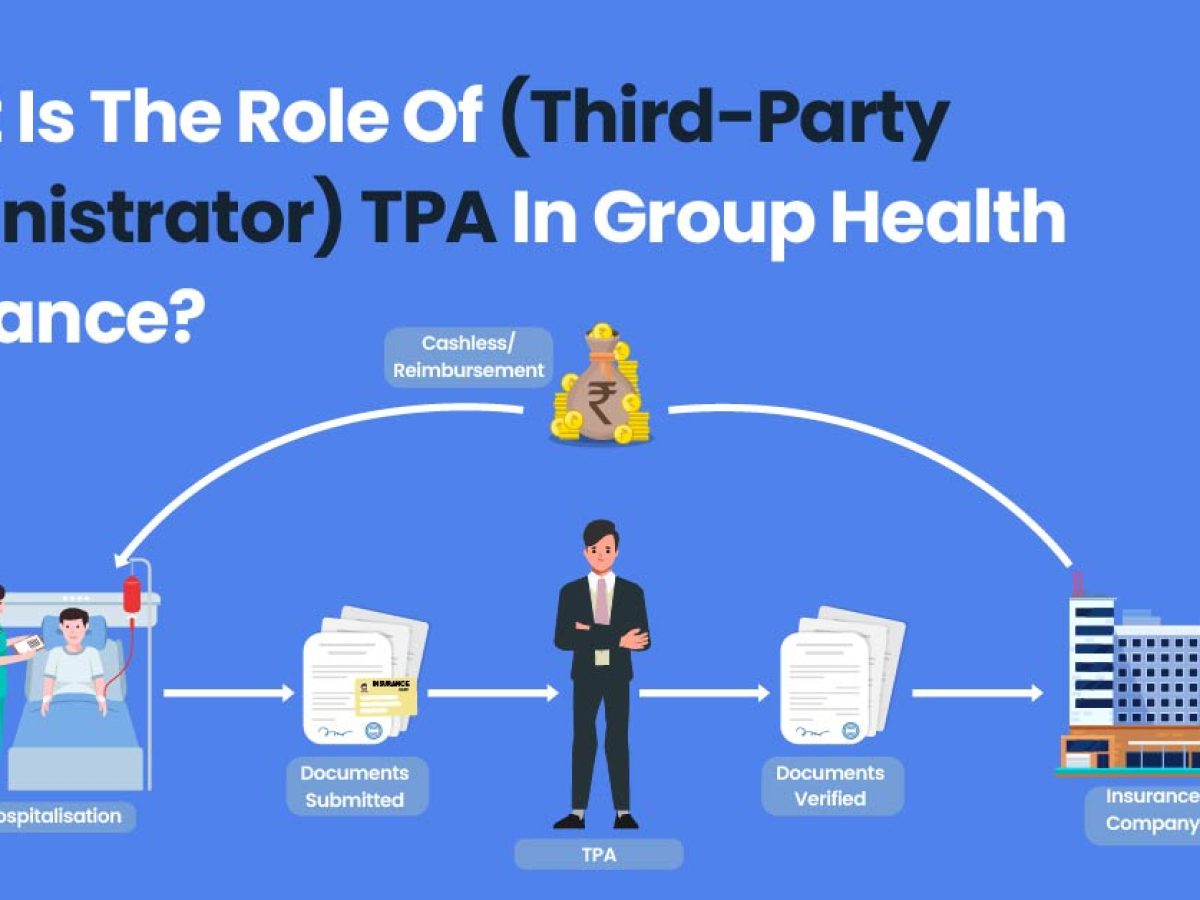The Of Pacific Prime
Table of ContentsOur Pacific Prime PDFsNot known Details About Pacific Prime Not known Factual Statements About Pacific Prime The Pacific Prime StatementsThe Ultimate Guide To Pacific Prime

This is because the data were accumulated for a period of solid financial efficiency. Of the estimated 42 million individuals who were without insurance, just about about 420,000 (concerning 1 percent) were under 65 years of age, the age at which most Americans end up being eligible for Medicare; 32 million were grownups between ages 18 and 65, about 19 percent of all grownups in this age; and 10 million were youngsters under 18 years old, concerning 13.9 percent of all children (Mills, 2000).
These quotes of the number of persons uninsured are generated from the annual March Supplement to the Existing Population Study (CPS), conducted by the Demographics Bureau. Unless otherwise noted, nationwide estimates of people without medical insurance and proportions of the populace with different sort of coverage are based on the CPS, one of the most commonly utilized resource of price quotes of insurance coverage and uninsurance rates.
All About Pacific Prime

Still, the CPS is particularly useful because it produces annual estimates reasonably promptly, reporting the previous year's insurance policy protection estimates each September, and because it is the basis for a consistent collection of estimates for greater than twenty years, permitting for evaluation of patterns in coverage over time. For these factors, along with the comprehensive use the CPS in various other studies of insurance policy protection that are presented in this record, we count on CPS quotes, with limitations noted.

The estimate of the variety of without insurance individuals expands when a populace's insurance policy condition is tracked for numerous years. Over a three-year period beginning early in 1993, 72 million people, 29 percent of the U.S. https://www.webtoolhub.com/profile.aspx?user=42386420. populace, were without protection for a minimum of one month. more tips here Within a solitary year (1994 ), 53 million individuals experienced at the very least a month without insurance coverage (Bennefield, 1998a)
Six out of every 10 uninsured grownups are themselves employed. Although functioning does enhance the possibility that a person and one's household members will have insurance coverage, it is not an assurance. Also members of family members with two full-time breadwinner have practically a one-in-ten opportunity of being without insurance (9.1 percent uninsured price) (Hoffman and Pohl, 2000).
Not known Facts About Pacific Prime
New immigrants represent a significant proportion of individuals without medical insurance. One evaluation has attributed a significant part of the current growth in the dimension of the united state uninsured population to immigrants who got here in the country in between 1994 and 1998 (Camarota and Edwards, 2000). Current immigrants (those that concerned the United States within the previous 4 years) do have a high price of being without insurance (46 percent), but they and their kids make up just 6 percent of those without insurance nationally (Holahan et al., 2001).
The partnership in between health insurance and access to care is well developed, as recorded later on in this phase. The partnership in between health insurance and health outcomes is neither straight neither straightforward, an extensive medical and health solutions research study literary works links health insurance policy protection to improved accessibility to care, far better high quality, and improved personal and populace health and wellness condition.
Degrees of evaluation for checking out the effects of uninsurance. It concentrates particularly on those without any kind of health and wellness insurance coverage for any size of time.
Facts About Pacific Prime Uncovered
The troubles faced by the underinsured are in some areas comparable to those dealt with by the without insurance, although they are usually much less serious. expat insurance. Uninsurance and underinsurance, nevertheless, include noticeably different plan concerns, and the methods for addressing them might differ. Throughout this research study and the five reports to follow, the main focus is on individuals without health and wellness insurance coverage and therefore no help in paying for healthcare past what is readily available with charity and security net establishments
Health insurance is an effective variable influencing receipt of treatment because both clients and medical professionals reply to the out-of-pocket price of services - https://www.find-us-here.com/businesses/Pacific-Prime-Agoura-Hills-California-USA/34031837/. Health insurance, nonetheless, is neither needed neither adequate to get access to medical solutions. The independent and straight impact of health and wellness insurance policy coverage on access to health services is well developed.
Others will certainly obtain the wellness care they require also without medical insurance, by spending for it expense or seeking it from providers that provide treatment complimentary or at extremely subsidized rates. For still others, wellness insurance coverage alone does not ensure invoice of care as a result of other nonfinancial obstacles, such as a lack of wellness care carriers in their neighborhood, limited access to transport, illiteracy, or linguistic and cultural differences.
The Pacific Prime Diaries
Formal research study concerning uninsured populations in the United States dates to the late 1920s and early 1930s when the Board on the Expense of Healthcare generated a series of records concerning funding doctor workplace brows through and hospitalizations. This issue came to be salient as the numbers of clinically indigent climbed up throughout the Great Clinical depression.